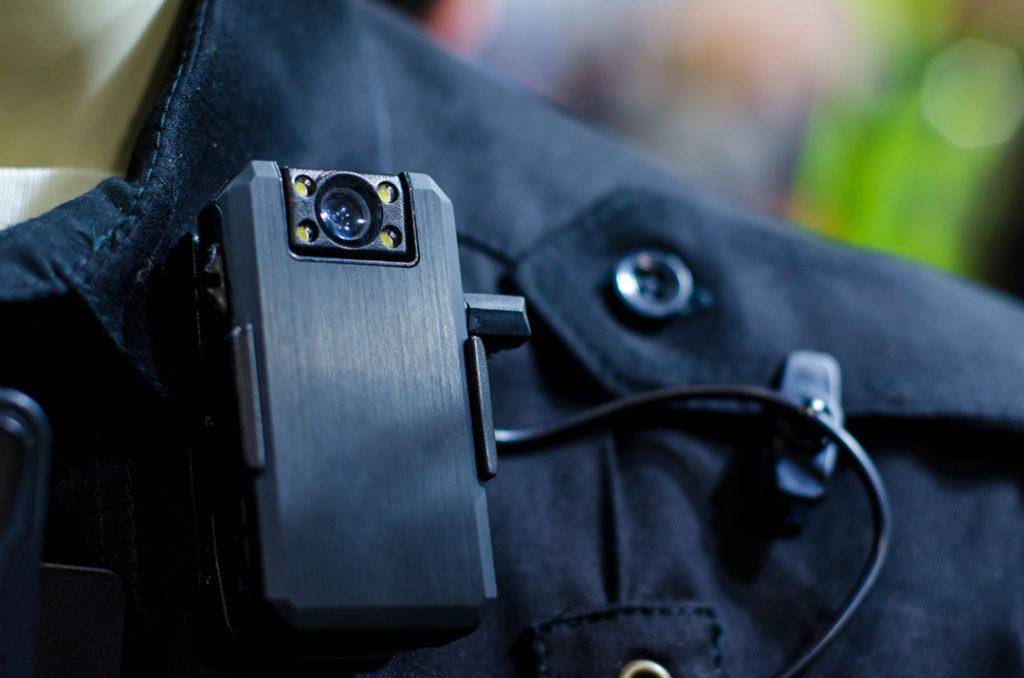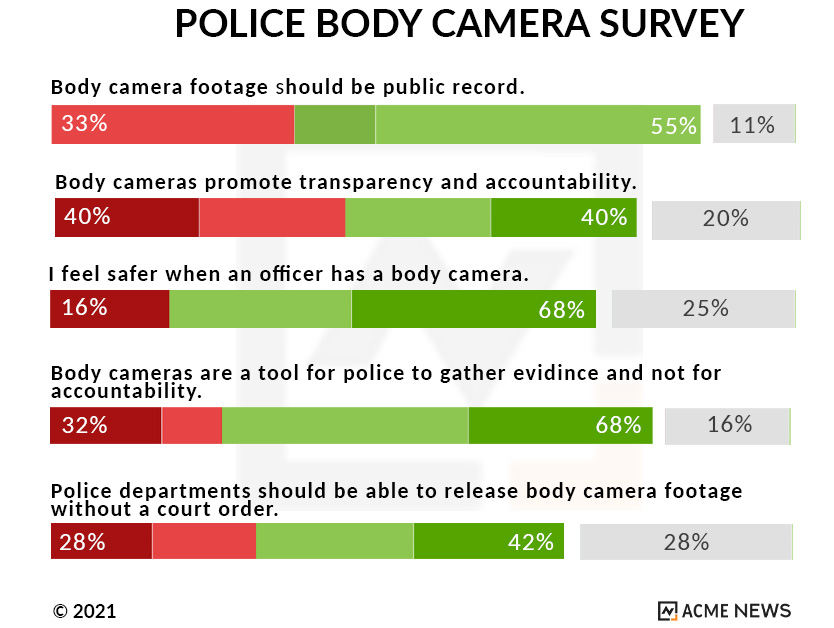
ASHEBORO N.C. (ACME NEWS) — As more police departments adopt body cameras, footage showing both uplifting moments and controversial incidents has entered the public sphere. It’s now common to see videos of officers performing acts of bravery, as well as disturbing images of civil rights violations and excessive use of force. However, North Carolina footage remains noticeably absent from much of the national conversation.
For example, after 16-year-old Ma’Khia Bryant was shot and killed by police in Columbus, Ohio, on April 20, 2021, body camera footage was released within hours. The video showed Bryant holding a knife and charging at two other young women moments before Officer Nicholas Reardon fatally shot her. It also captured officers providing CPR after the shooting. Columbus Mayor Andrew Ginther described it as a “tragic day” but stated that the officer acted to protect the lives of others based on what the footage revealed.
Experts and commentators across the political spectrum agreed that, given the circumstances shown, the officer’s swift actions likely prevented further harm.
By contrast, the next day in Elizabeth City, North Carolina, sheriff’s deputies shot and killed 42-year-old Andrew Brown Jr. Despite multiple officers wearing body cameras and recording about two hours of footage, a judge blocked the public release of the videos on April 28, a week after the incident. News outlets and the Pasquotank County Sheriff had requested that the footage be made public.
Initially, attorneys for Brown’s family were allowed to view just 20 seconds of footage. Later, another lawyer reviewed approximately 18 minutes, stating that the footage did not show Brown initiating contact with the deputies’ vehicles—an essential detail in the case.
Eventually, the judge allowed Brown’s family to view redacted versions of five body camera videos and one dashboard camera video. On May 18, nearly a month after the shooting, about one minute of footage was publicly released by District Attorney Andrew Womble.
N.C. Law Restricts Body Camera Access
North Carolina’s body camera law, enacted in 2016, classifies police footage as non-public records, preventing law enforcement agencies from releasing videos without a court order. Citizens and family members must file a petition to request the release of body camera footage, often requiring legal representation. This process can take days or weeks.
While recent amendments allow families to file petitions, critics argue that the system remains inaccessible to many who lack the financial means to hire a lawyer. The delays in releasing footage, especially in high-profile cases, have raised concerns about transparency and accountability in the state.

A survey conducted by Acme News reflects these concerns. Only 40% of respondents agreed that “body cameras promote transparency and accountability.” While 68% of people said they feel safer when officers wear body cameras, the same percentage viewed cameras primarily as tools to gather evidence, not to hold officers accountable. Additionally, 55% of respondents said body camera footage should be considered public record.
Acme News reached out to North Carolina lawmakers for comment, including Sen. David W. Craven Jr. and Reps. Allen McNeill, Pat B. Hurley, and John Faircloth, who co-sponsored the original 2016 bill. As of Friday afternoon, none had responded.
Solutions and Challanges
There are three options that have been used by other states to address body camera footage transparency. However, each of these have their own challanges to address. The first is making footage public. This option would promote transparency but requires redacting sensitive information, which could burden local police. A state agency, like the Department of Public Safety, could help manage this, but adding work to the department would nessitate hirring staff and purchasing equipment. Option 2, Civilian Review Boards, which are independent panels can review footage and complaints. While more than 200 boards exist nationwide, there is limited evidence showing their effectiveness.The last option would be to automaticly release body camera footage 72 hours after its uploaded, unless a court blocks it. This option offers transparency while allowing time to protect ongoing investigations, but also suffers the same downsides as the first option.
The Cost of Secrecy
When body camera footage is withheld from the public, it undermines trust in law enforcement. Citizens may start to view body cameras as tools for gathering evidence against them rather than for promoting accountability. This mistrust is exacerbated by internal investigations often conducted by district attorneys who maintain close working relationships with police departments.
Without public access to body camera footage, an objective and unbiased account of critical incidents is lost. In North Carolina, reforming the laws governing the release of police footage is essential to rebuilding public trust and ensuring greater accountability within law enforcement.
###

